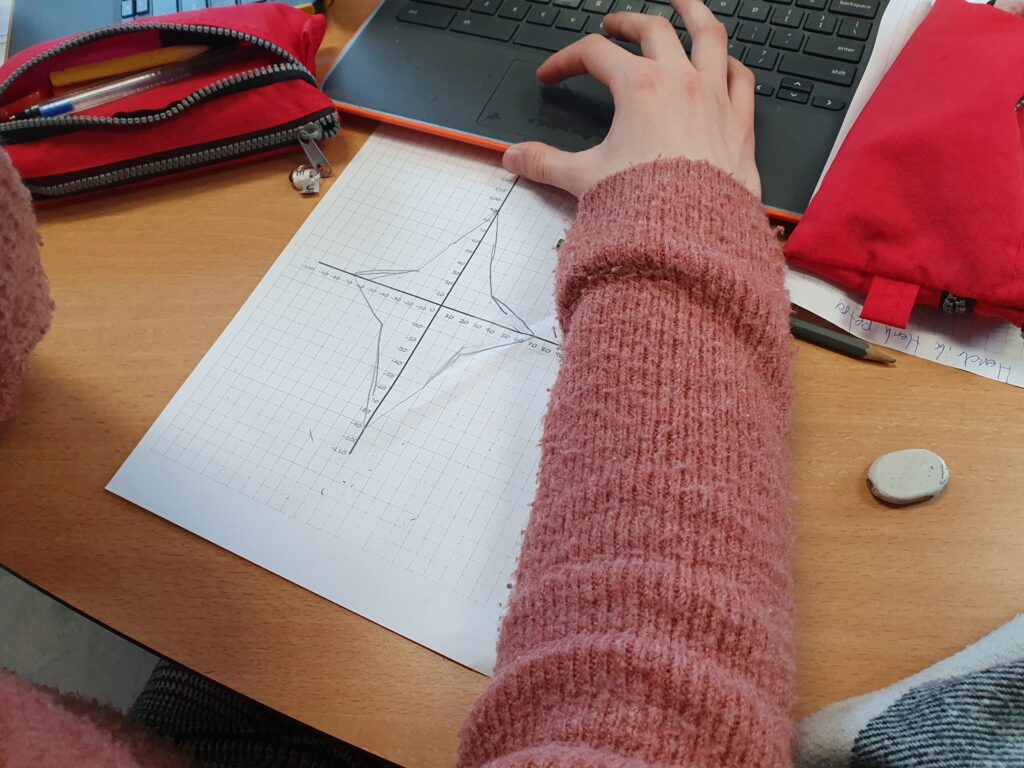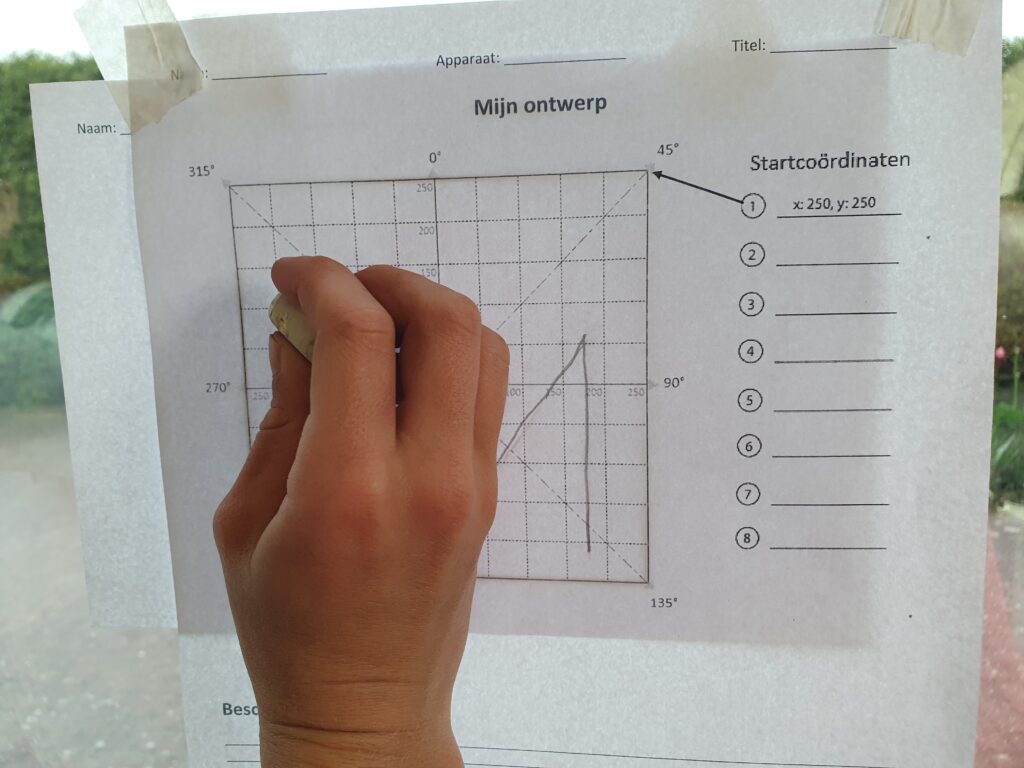Sandra, one of our Creative Coding project partners, shares in this blog her initial experiences and insights. Join us as she explores the world of computational thinking and programming in primary education and navigates the unique educational landscape in the Netherlands. From classroom realities to the opportunities and challenges, Sandra shows her perspectives on how she implemented the Creative Coding Projekt a dutch classroom.
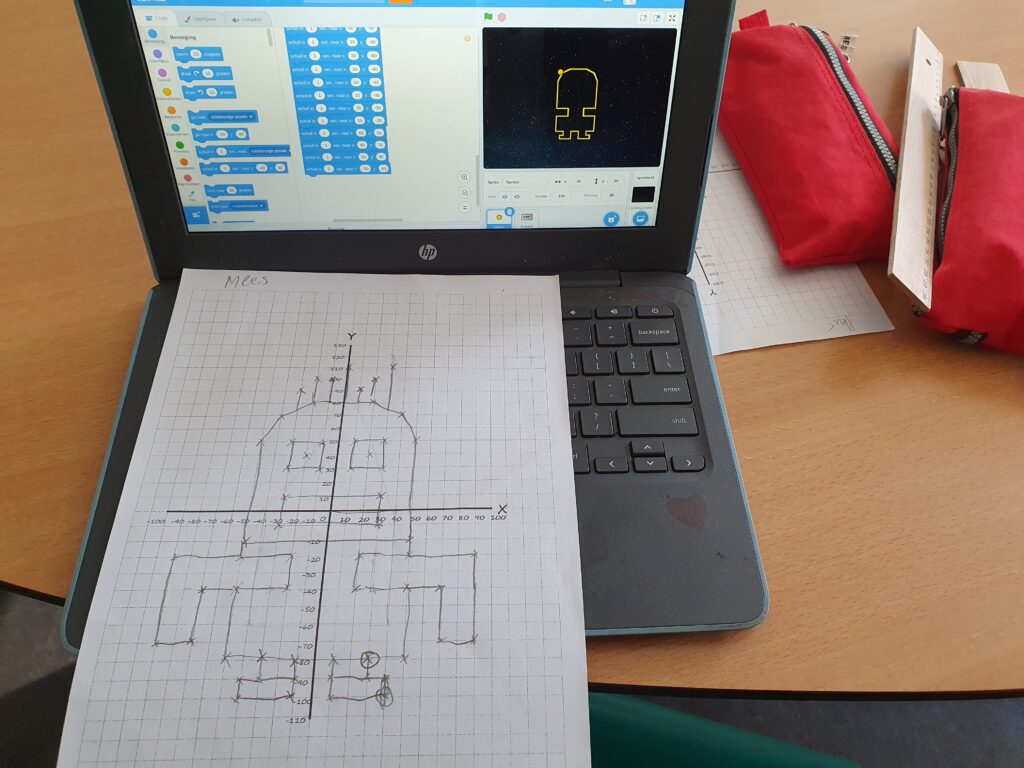
How school in the Netherlands works
Children in the Netherlands start attending primary school, known as “basisschool,” at the age of 4 (in groep 1) and continue until around 12 years old, completing groep 8.
Once groep 8 is finished, children transition to various secondary schools. Some of these schools focus on practical education, while others provide a broader education in subjects such as history, geography, biology, chemistry, foreign languages, and mathematics.
Most basisschools have one teacher who instructs all subjects, with occasional specialization in sports. Teachers often work part-time, with two teachers commonly sharing the responsibility for one group of students—one at the beginning of the week and the other at the end. Teaching computational thinking and programming in basisschools is not yet compulsory and many teachers do not feel adequately prepared to teach these subjects, as they have not received pedagogical training in them.
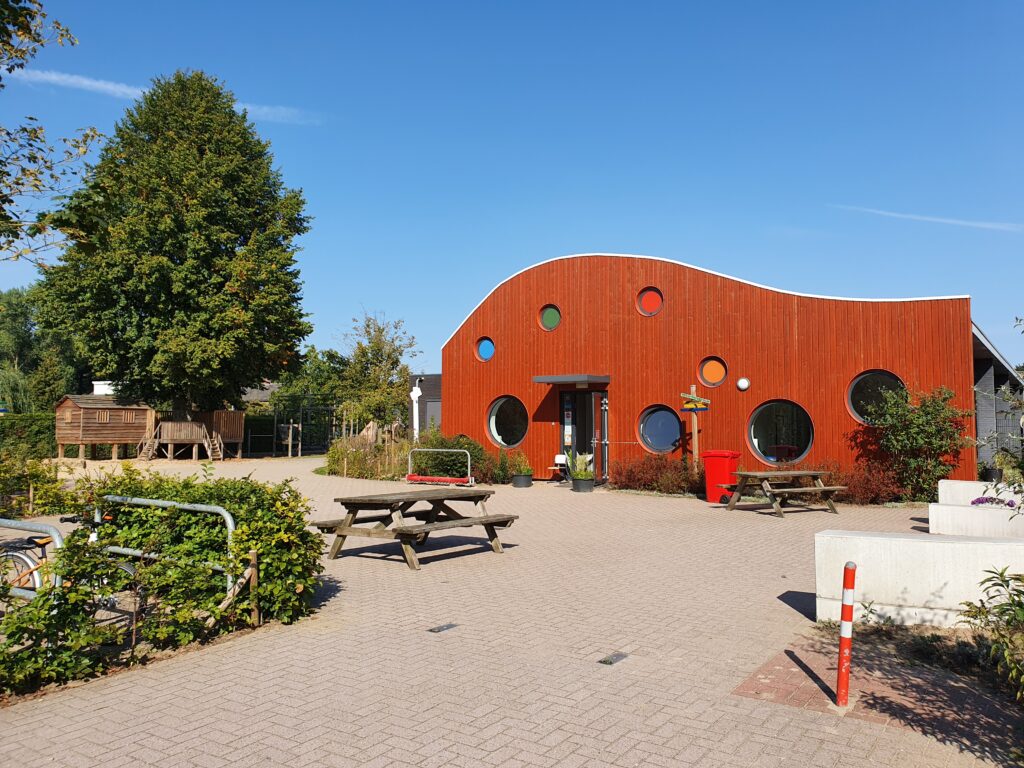
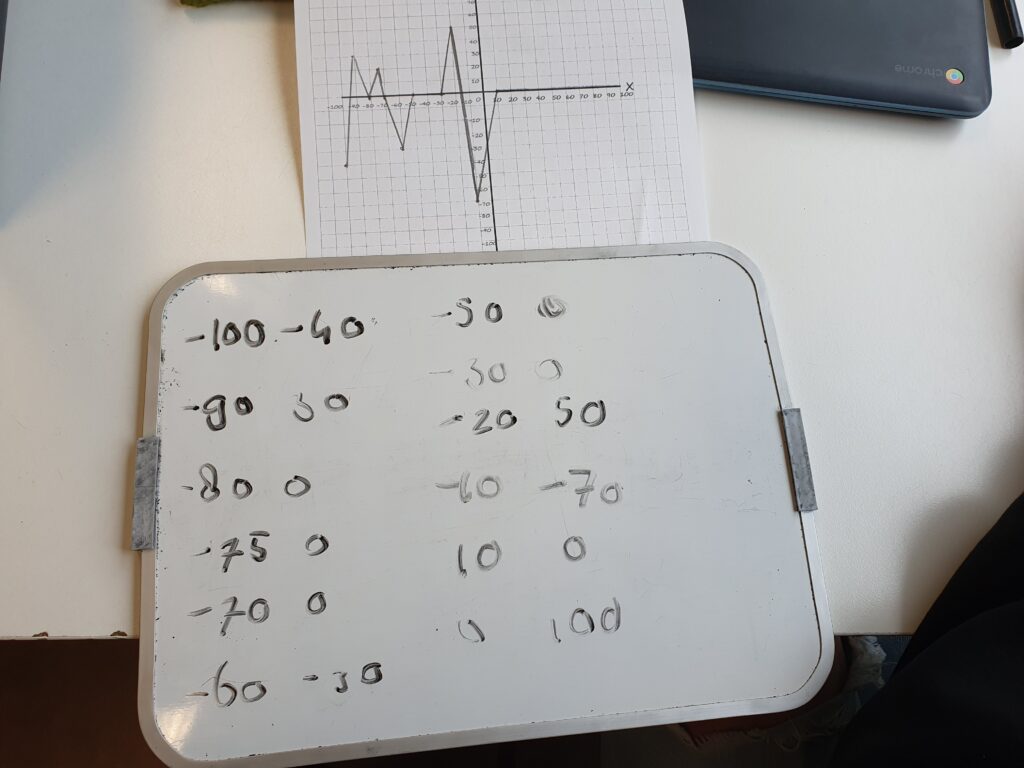
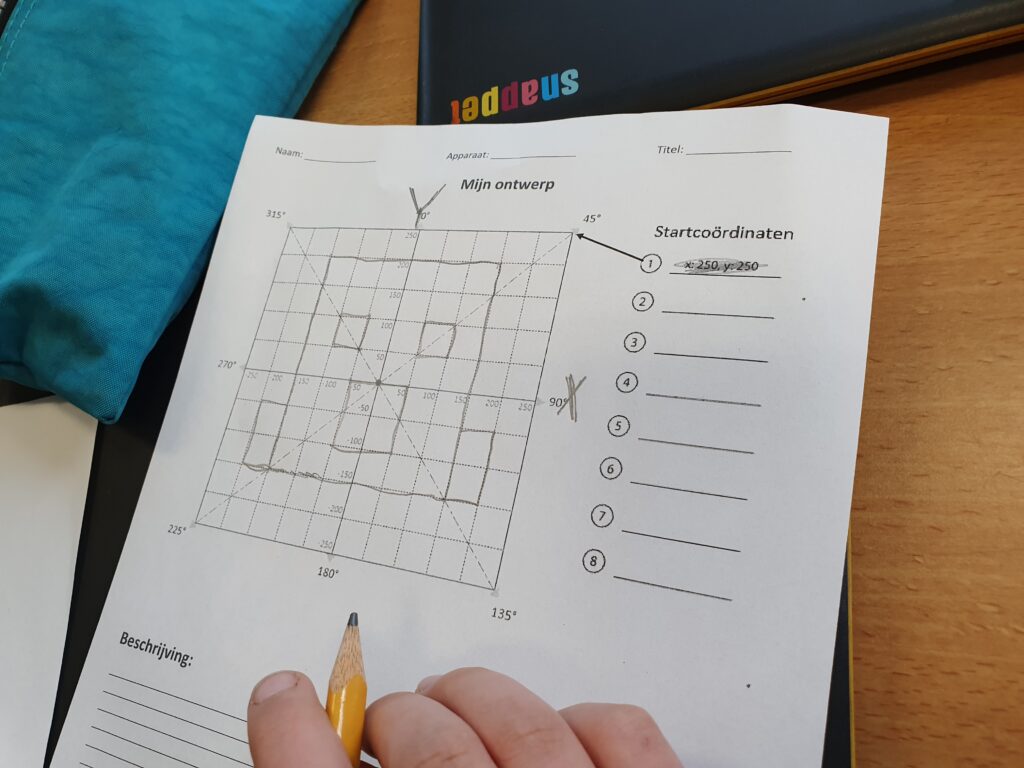
Teaching computional thinking in Wichmond
The basisschool I teach at is located in Wichmond, in the eastern part of the Netherlands near Zutphen. I have been serving as a guest teacher in computational thinking and programming for one hour per week for the past few years. The other teachers at the school were delighted that their students could participate in the Erasmus+ project on Creative Coding.
The youngest group I work with in this project is groep 7, consisting mostly of 10- and 11-year-olds, with one 9-year-old student. This group comprises 7 boys and 3 girls and has a lesson on Creative Coding once a week in the afternoon. The oldest group I work with is groep 8, consisting mostly of 11- and 12-year-olds, with one 10-year-old student. This group comprises 5 boys and 6 girls and also has one lesson per week in the morning.
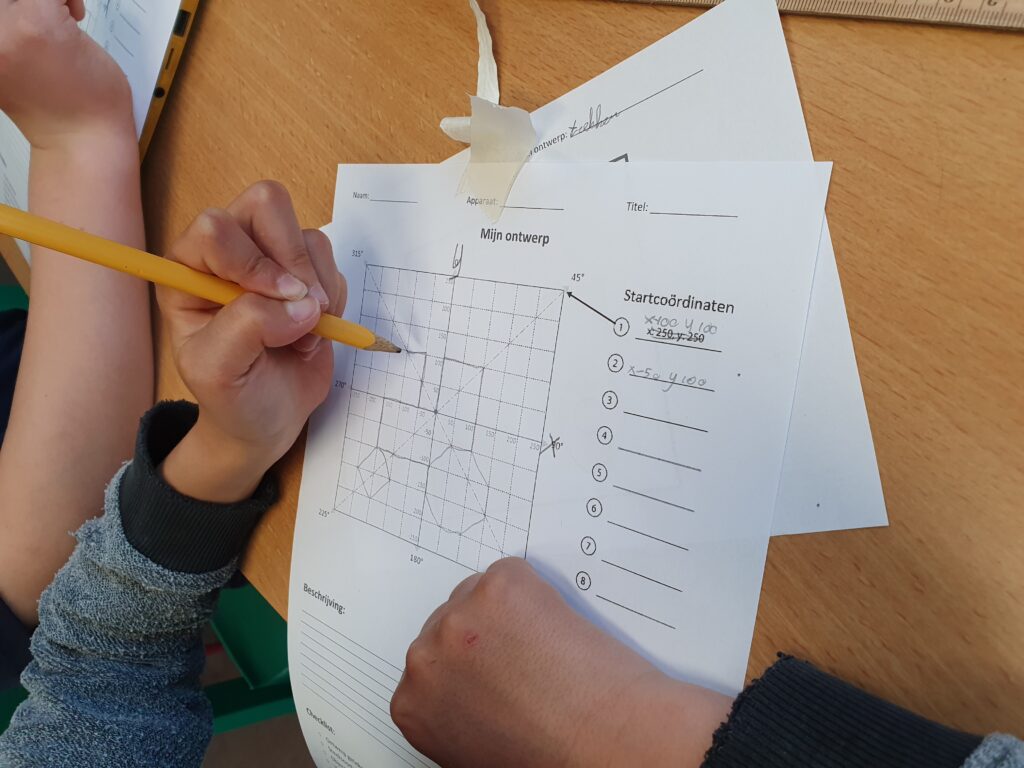
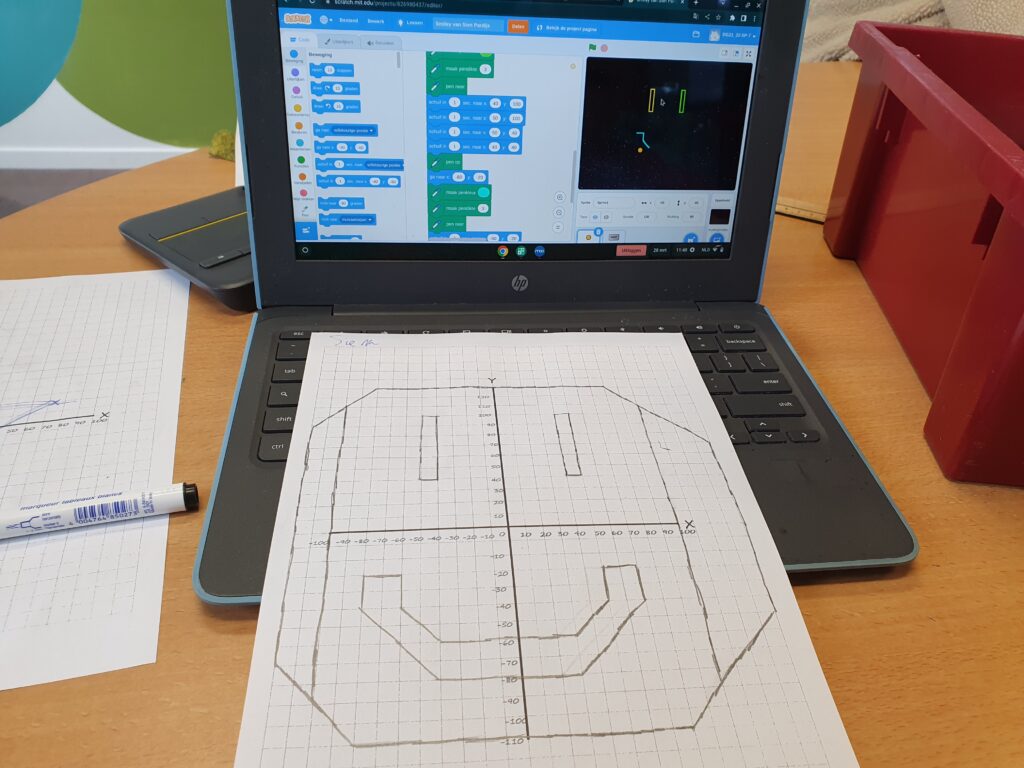
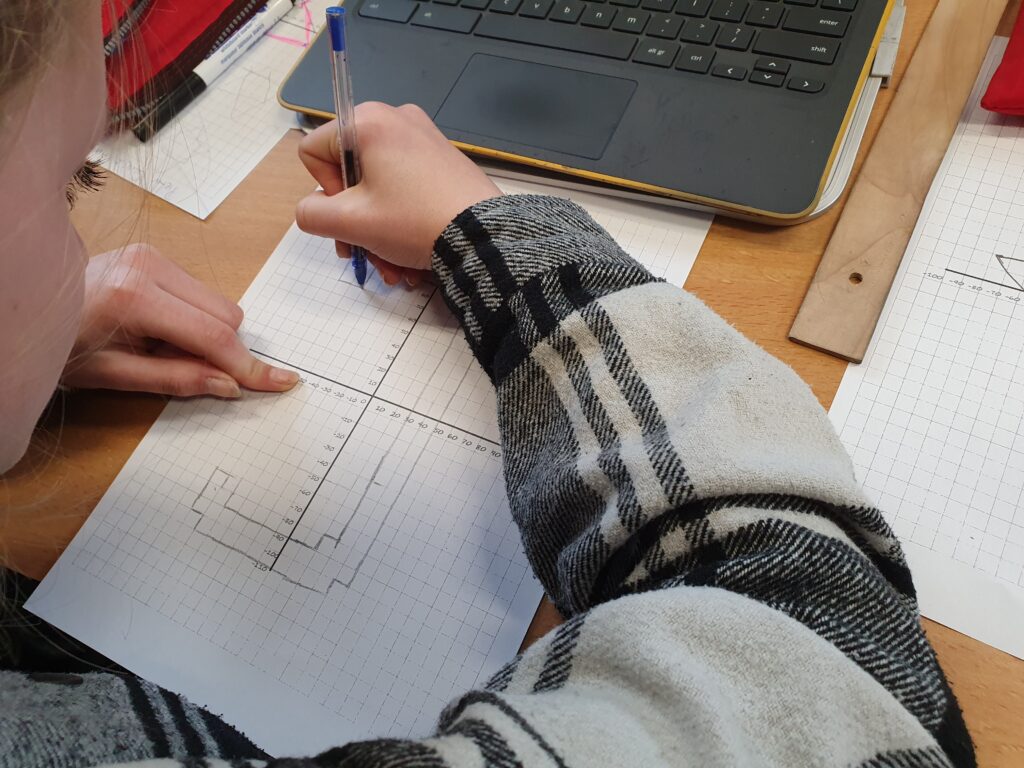
Final thoughts
Through the Erasmusplus project on Creative Coding, the basisschool teachers in Wichmond have seen firsthand how introducing computational thinking and programming at an early age sparks curiosity and fosters a new generation of young innovators. With their enthusiastic engagement, these students are well on their way to embracing the exciting possibilities of the digital world.

